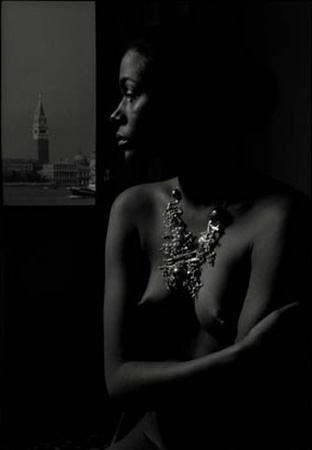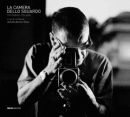[…] The same photographs of Duchamp would like to be something more than a series of more or less successful portraits, they are an attempt to make visible Duchamp’s mental attitude towards his own work, an attitude that resulted in years of silence, in the rejection of doing that is a new way of doing and of continuing an idea.
When you portrait a person, you can take on an infinite number of attitudes towards this person and make them take on an infinite number of attitudes towards those photographs. There is no portrait that better depicts a persons than the one in which the person places itself, posed, aware of the camera and does nothing but pose. Instead, usually, when you say that you want the person do be natural you don’t want him to be natural towards himself, but to be natural with respect to the camera, or better to the photographer, as if to deceive them, saying “I’m here, but I pretend not to know that you there you are, so that my fiction will be more credible”.
Instead, photographing someone while he’s doing something means that you are keeping track of a fact, it is news. The portrait, in a certain way, is more noble than photographing a fact, provided there is no reticence, no resistance to the operation as a whole, which should be as exposed and as direct as possible. But also posing is doing, in certain way: so if I photographed Duchamp posing I entered a vicious circle. However, posing was the approach closest to not doing, because whatever Duchamp could have done it would have been something more and something that was too much. The portraits at home or at the museum were not enough for me: I wanted to depict him as he walked, because it seems to me that walking is the most basic attitude of life, and photographically more significant, it is a doing unhooked from the production, the most clear attitude of living
Ugo Mulas
(In Ugo Mulas. La fotografia, a cura di Paolo Fossati, Einaudi, Torino 1973)
[…] I had in mind to do a kind of academic study on the nude, that is to see how to solve certain problems: the pose, the lighting of the body; because it is very difficult to make nude photos that are not trivial and offensive because of an exhibitionistic ostentation.
I did not want to do chaste nudes, in which you did not see the hair, or the pores of the skin, all these things give consistency, give reality to the nude and are important. I wanted to try for the first time to insert in the rectangle or the square, that the two cameras that I have used, the Hasselblad and Nikon, give, a female body, what this body could suggest, which new emotions, because we rarely contemplate at length a body or a nude as much as we contemplate a face. […]
Having a black girl as a model made me inevitably think of certain woods of Negro sculpture, where the body is so stylized and the thighs for example are often exaggerated that they serve as the basis sculpture. These things were picked up also by artists at the beginning of the century, such as Brancusi, Modigliani etc.. So there is also a little of this memory but not always. In other cases, the photos do not have any reference of this kind.
Generally I am very sensitive to the cultural reference, in the sense that I reject them; it bothers me to use these virtuosities.
Ugo Mulas
(In Ugo Mulas. Immagini e testi, con una nota critica di Carlo Arturo Quintavalle, Istituto di Storia dell’Arte, Parma 1973)
(Pozzolengo, 1928 – Milan, 1973). His self-taught training takes place in contact with the artistic and cultural environment in Milan of the early fifties. After debuting in photojournalism (1954) he imposed himself quickly in the most diverse fields of Italian professionalism publishing in magazines such as Settimo Giorno, L’Illustrazione Italiana, Rivista Pirelli, Domus, Vogue. During those years he worked with the Piccolo Teatro of Milan, developing an artistic collaboration with Giorgio Strehler which continued over the years. Ugo Mulas photographed the editions of the Venice Biennale from 1954 to 1972 and began an intense collaboration with the artists. In those years, the representation of the world of art became the photographer’s main personal project.
We can recall amongst all his works the famous series on Alberto Burri (1963) and Lucio Fontana (1965) and the reportage in Spoleto for the exhibition Sculture nella città (1962), where he bonded with artists David Smith and Alexander Calder. After the revelation of Pop Art Biennale of 1964, Mulas decided to leave for the United States (1964-1967) where he made his most important reportage with the book New York arte e persone (1967). The encounter with Robert Rauschenberg, Andy Warhol and the discovery of Robert Frank and Lee Friedlander’s photography lead to new researches of the late sixties and to the overtaking of the traditional reportage. The large format projections, the sunburns, the use of the iconography of the proof are elements that he recovered from the new dada and pop experiments and from the daily practice of photographing. At the end of the sixties he took part in the renewal of the aesthetic and conceptual new avant-garde collaborating in catalogues and document-books.
In this period he worked on the report on the tenth anniversary of the Nouveau Réalisme (Milan, 1970), the new project of Vitalità del negativo (Rome, 1970) and at least five other books: Alik Cavaliere (1967), Campo Urbano (1969), Calder (1971), Fausto Melotti: lo spazio inquieto (1971) and Fotografare l’arte (1973). The crisis of reportage, now overtaken by television, leads Mulas to rethinks in an extraordinary way the historical role of photography: a phenomenological and aesthetic reflection that leads to Marcel Duchamp’s portfolio (1972) and the project Archivio per Milano (1969-72). In these years he worked also on Verifiche (1968-1972), which is a series of photographs which summarizes in twelve works his experience and his ongoing dialogue with the art world. Milestone of his photographic research of the period, Verifiche is his last work which he undertakes before becoming seriously ill. He will die on 2nd March 1973, a month before the opening of his retrospective at the University of Parma and the release of his book, La fotografia.


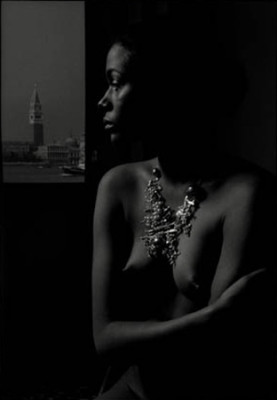
cm 50 x 40 (paper size)
I would like to receive more information about this artwork
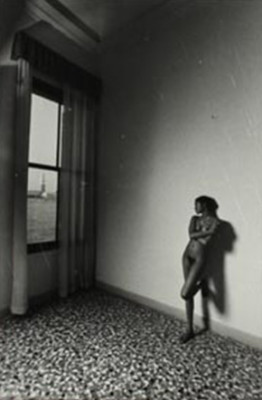
cm 30 x 40 (paper size)
I would like to receive more information about this artwork
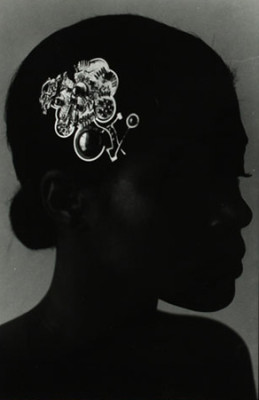
cm 30 x 40 (paper size)
I would like to receive more information about this artwork
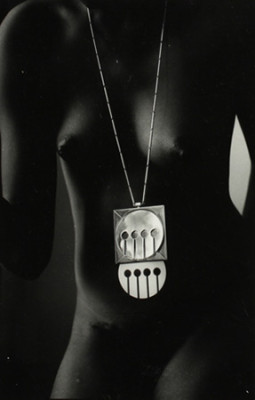
cm 30 x 40 (paper size)
I would like to receive more information about this artwork
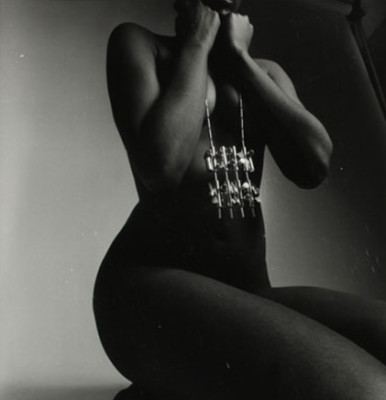
cm 40 x 30 (paper size)
I would like to receive more information about this artwork
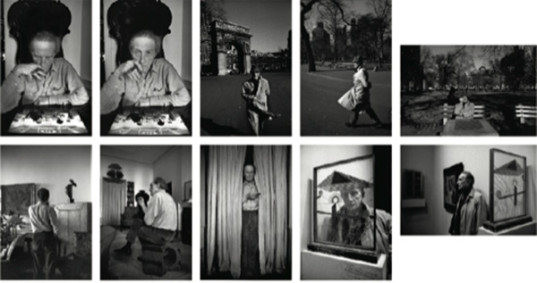
1 of 10 prints, cm 60 x 50 mounted on aluminium, signed
Declared limited run: 100 pieces
Number of printed pieces: unknown, existing pieces: 20
I would like to receive more information about this artwork
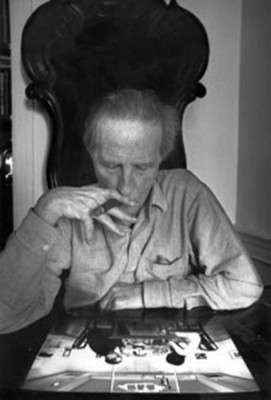
1 of 10 prints, cm 60 x 50 mounted on aluminium, signed
Declared limited run: 100 pieces
Number of printed pieces: unknown, existing pieces: 20
I would like to receive more information about this artwork
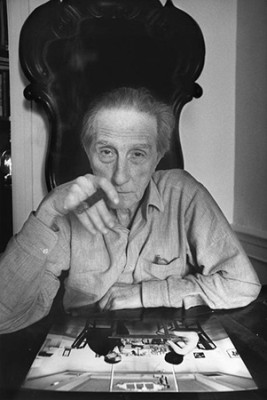
1 of 10 prints, cm 60 x 50 mounted on aluminium, signed
Declared limited run: 100 pieces
Number of printed pieces: unknown, existing pieces: 20
I would like to receive more information about this artwork
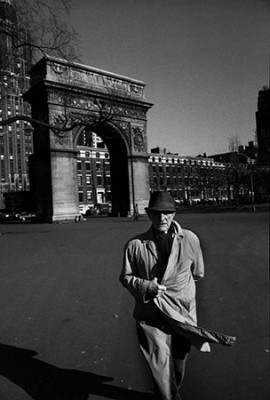
1 of 10 prints, cm 60 x 50 mounted on aluminium, signed
Declared limited run: 100 pieces
Number of printed pieces: unknown, existing pieces: 20
I would like to receive more information about this artwork
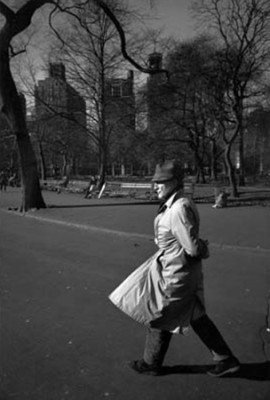
1 of 10 prints, cm 60 x 50 mounted on aluminium, signed
Declared limited run: 100 pieces
Number of printed pieces: unknown, existing pieces: 20
I would like to receive more information about this artwork
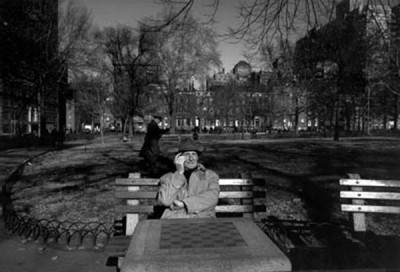
1 of 10 prints, cm 60 x 50 mounted on aluminium, signed
Declared limited run: 100 pieces
Number of printed pieces: unknown, existing pieces: 20
I would like to receive more information about this artwork
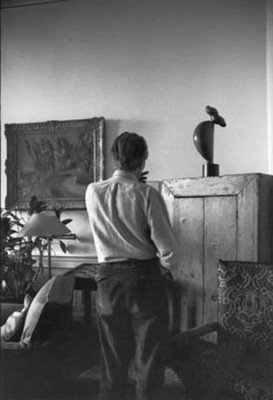
1 of 10 prints, cm 60 x 50 mounted on aluminium, signed
Declared limited run: 100 pieces
Number of printed pieces: unknown, existing pieces: 20
I would like to receive more information about this artwork
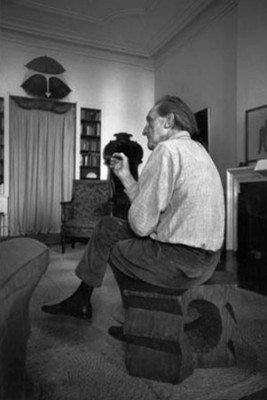
1 of 10 prints, cm 60 x 50 mounted on aluminium, signed
Declared limited run: 100 pieces
Number of printed pieces: unknown, existing pieces: 20
I would like to receive more information about this artwork
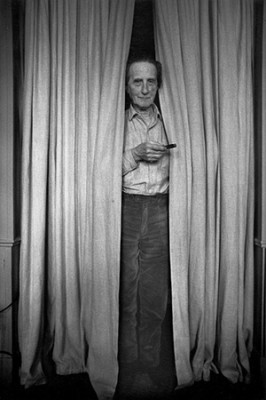
1 of 10 prints, cm 60 x 50 mounted on aluminium, signed
Declared limited run: 100 pieces
Number of printed pieces: unknown, existing pieces: 20
I would like to receive more information about this artwork
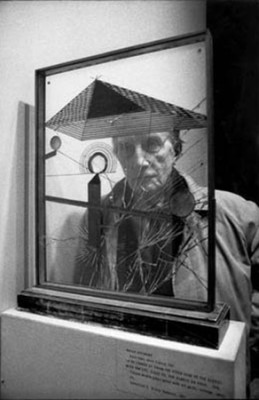
1 of 10 prints, cm 60 x 50 mounted on aluminium, signed
Declared limited run: 100 pieces
Number of printed pieces: unknown, existing pieces: 20
I would like to receive more information about this artwork
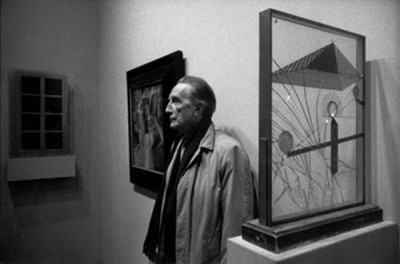
1 of 10 prints, cm 60 x 50 mounted on aluminium, signed
Declared limited run: 100 pieces
Number of printed pieces: unknown, existing pieces: 20
I would like to receive more information about this artwork
